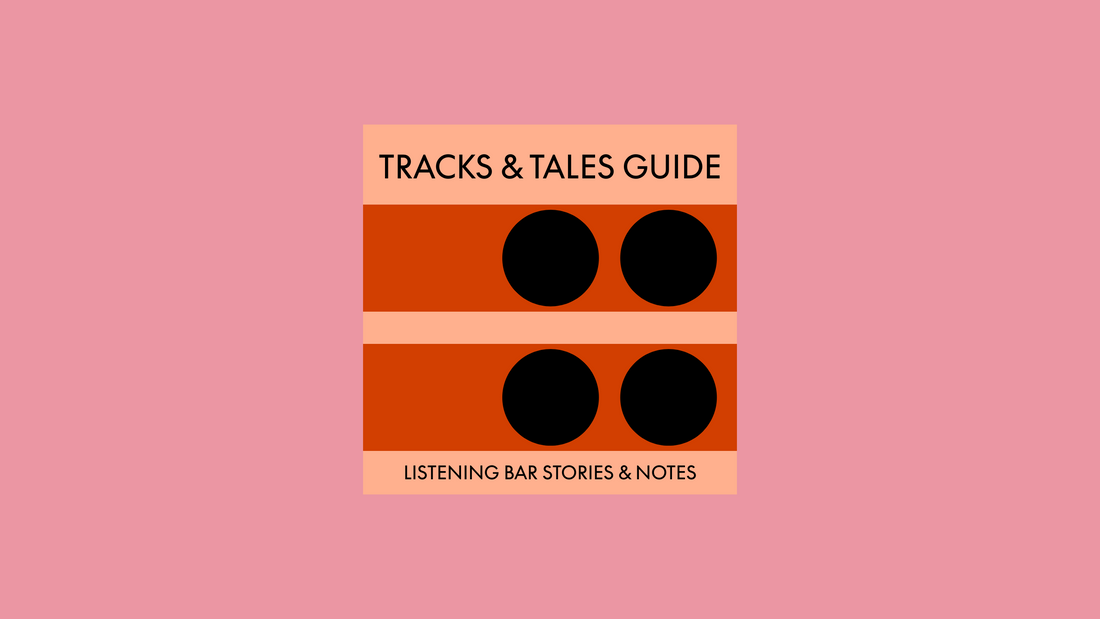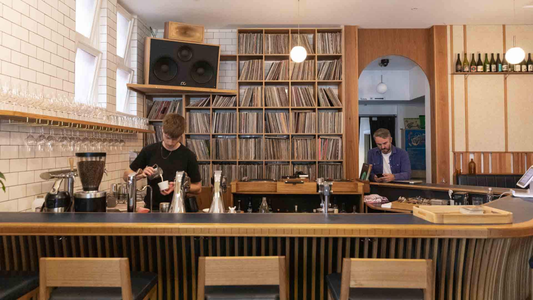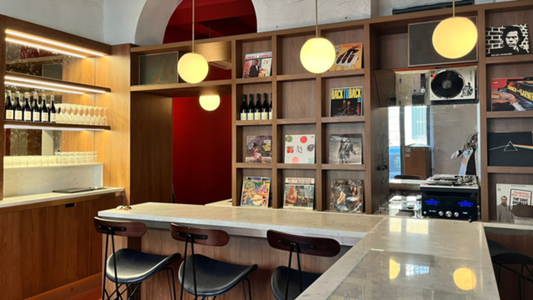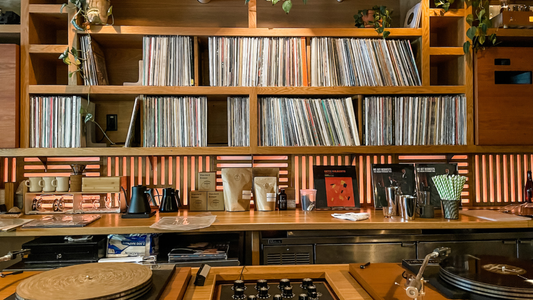
The Sound of Belonging
How shared listening creates community in an age of isolation.
By Rafi Mercer
There’s a particular kind of silence that falls in a listening bar just before a record begins — a collective stillness, not emptiness but attention. People sit together, eyes on the turntable, waiting. When the needle drops, conversation dissolves. The room becomes one listening body.
In that moment, belonging is not spoken; it’s heard.
How shared listening builds belonging:
- Common focus — sound gives strangers a shared horizon.
- Equal footing — everyone, regardless of status, listens to the same note.
- Emotional synchrony — hearts, breaths, and rhythms begin to align.
- Safe silence — the rare comfort of being quiet together.
- Memory — music becomes the architecture of shared time.
We tend to think of community as conversation, but listening is a subtler form of connection. When we listen together — truly listen — we build trust without words. The act itself becomes communal: the same vibration in the same air, experienced differently by each but binding everyone just the same.
In Japan’s early kissaten, that was the whole idea. The bar was not a place to talk about music; it was a place to feel it collectively. Even the etiquette — no chatter during playback, respectful silence — was designed to make listening a social ritual. Across cultures, we’ve lost some of that, but it’s returning: people gathering again to share albums, not playlists.
This sense of belonging extends beyond bars. In homes, offices, and studios, shared listening can transform a space. When a family listens together, or colleagues choose one record to end the day, the room changes character. Sound becomes glue — invisible but powerful.
Belonging through sound doesn’t require words or approval; it just needs presence. In a time when connection often means constant communication, quiet togetherness feels radical.
We forget sometimes that music was humanity’s first social network. Long before speech, there was rhythm — the pulse of community. Listening bars and modern sound spaces return us to that origin. They remind us that to belong is not always to be heard, but to hear, together.
Quick Questions
Why does shared listening create connection?
Because it aligns focus and emotion, letting people feel together without needing to speak.
Is silence part of belonging?
Yes. It creates trust and allows sound to carry meaning collectively.
How can we build this at home?
Play one record for others without talking through it — let the sound do the work.
Rafi Mercer writes about the spaces where music matters.
For more stories from Tracks & Tales, subscribe, or click here to read more.







